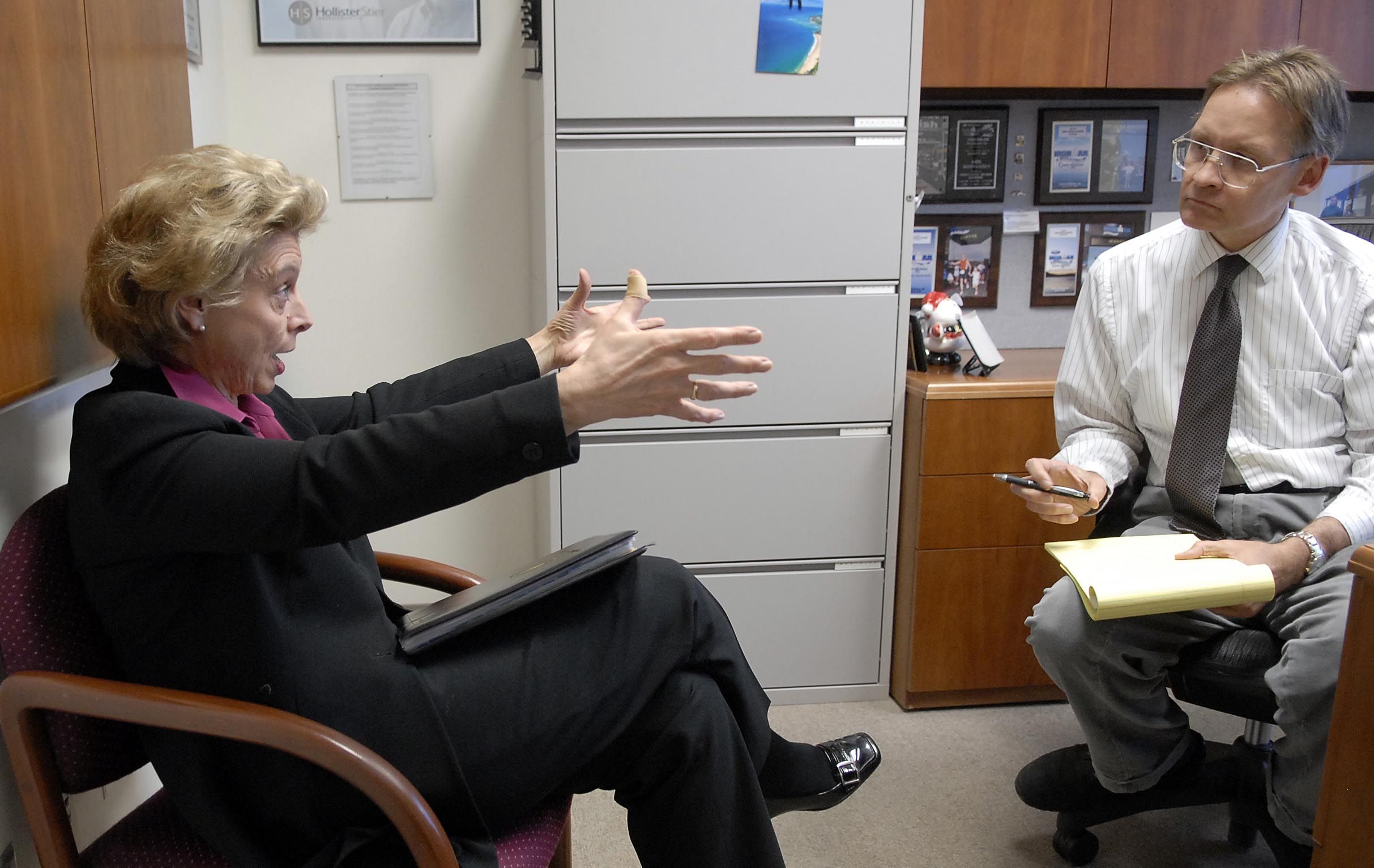Sunday Spin: A stamp for a ballot is NOT like the poll tax
That may explain why legislators each year consider a myriad of election changes, but rarely approve any of substance. Last week found various committees in the midst of such discussions, considering whether counties should be required to put out more drop boxes, move up the deadline for ballots to arrive in the mail, or change the way the state divvies up its Electoral College votes. Too early to tell how most will fare, but all face a bumpy road.
One change being discussed would require the state or counties to pay the postage to return the ballots mailed out to
Or one could make a very bad argument. . .
To read the rest of this item, or to comment, go inside the blog.
. . . as Lucas Barash-David, a lobbyist for the Associated Students of the University of Washington, did when he trying to convince legislators to cover the ballot postage as a way to boost student voting. Many like him, Barash-David explained, communicate by text or e-mail or phone, but don’t write letters so they don’t use stamps. “I don’t even know where the post office is,” he said.
This seemed a shocking revelation for a member of the cell-phone generation, a likely majority of which have a smart phone that will tell them the location of the nearest post office, and possibly give them turn-by-turn directions to it.
Only slightly less shocking was the suggestion from another student that the cost of postage was a barrier to voting akin to a poll tax. This shows either a lack of understanding of that tax, or perhaps inattention the day it was discussed in American History 101.
The poll tax, which was ruled unconstitutional in 1966, was a system in the Deep South to do something indirectly that white segregationists couldn’t do directly – keep poor, mainly black, residents from casting a ballot. Voters paid an amount that Southern states argued was nominal and merely a way of covering the cost of elections. And for decades, they got away with it.
The cost of a stamp is nominal, too, but relatively speaking it doesn’t measure up to the poll tax.
When the U.S. Supreme Court first considered, and upheld, a poll tax case in 1937, that fee in Arkansas was $1. When a later court struck it down, permanently, in 1966 the tax in Virginia was $1.50. It’s not just the fact that the cost of a stamp is about half to a third of those taxes that makes the comparison fail.
Using the most easily understood price adjustor, the average cost of a gallon of gas cost in 1937 was 10 cents in 1937, so that Arkansas poll tax was equal to 10 gallons of gas. With gas going for about $3.50 now, a stamp would have to cost $35 to be comparable to the Arkansas tax.
By 1966, gas was about 32 cents a gallon, so the struck-down Virginia tax would be less, slightly over $7, but still quite a bit more than the cost of that stamp – despite the fact the U.S. Postal Service jacked up the price a whole penny last month.
But the poll tax wasn’t just onerous because a person had to pay this year’s tax to vote in this year’s elections. Cash-poor share croppers, white or black, who skipped paying the poll tax in years they had no reason to cast a ballot had to pay back taxes in a year they wanted to vote, so the disincentive to vote would mount up.
And there was no way around it. If you don’t have a stamp, you can deposit your “mail-in” ballot for free at a drop box. Don’t know where the drop box is? There’s an app for that.
So no, students, rummaging around in your desk drawer for a stamp or scrounging up a couple quarters to buy one off your roommate is not the same as having to pay the poll tax. One is a slight inconvenience; the other is a systematic way to guarantee that folks with money are more likely to vote than folks without money.
